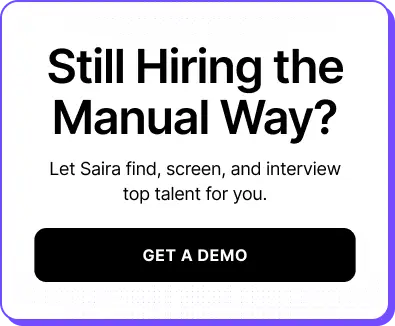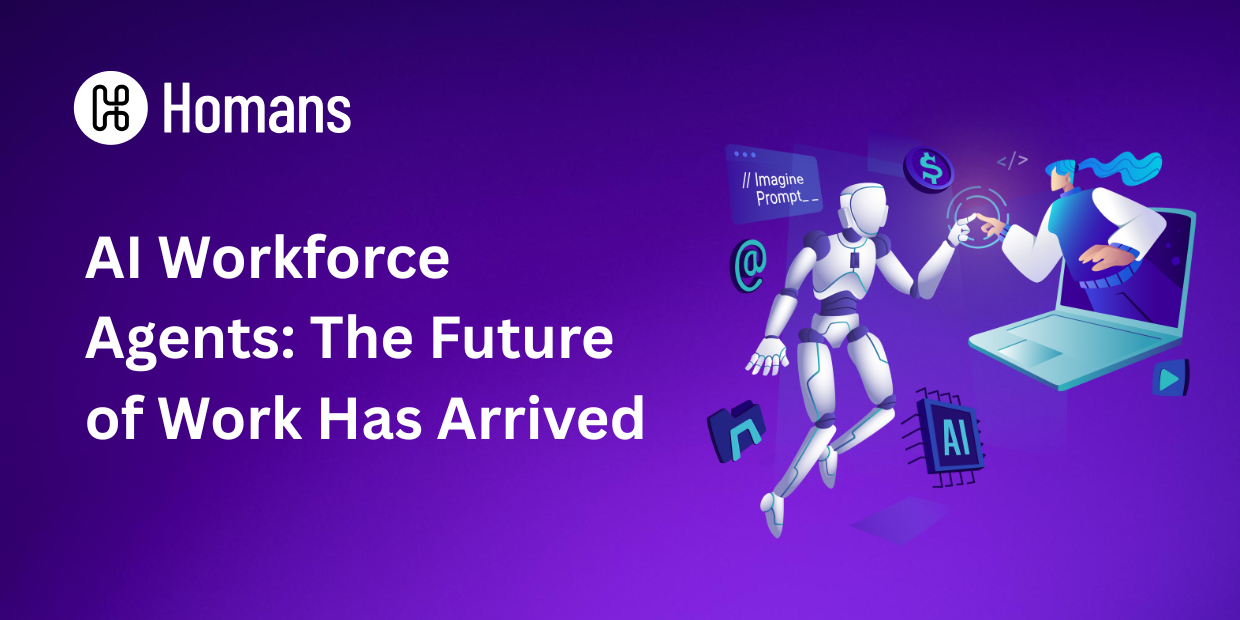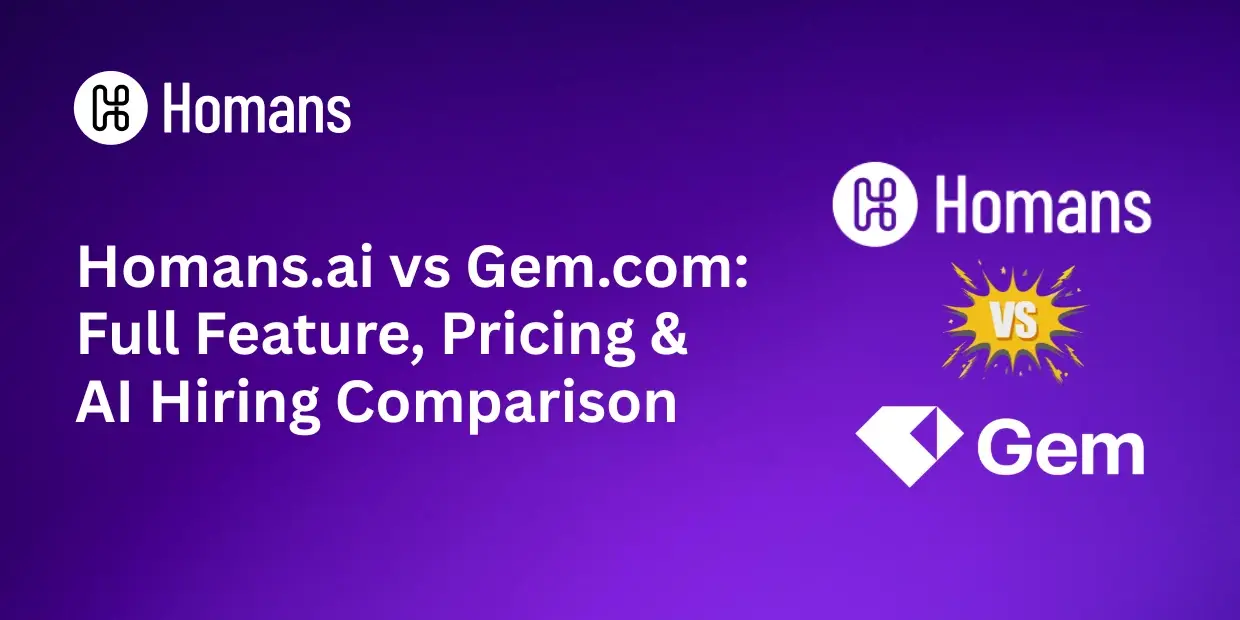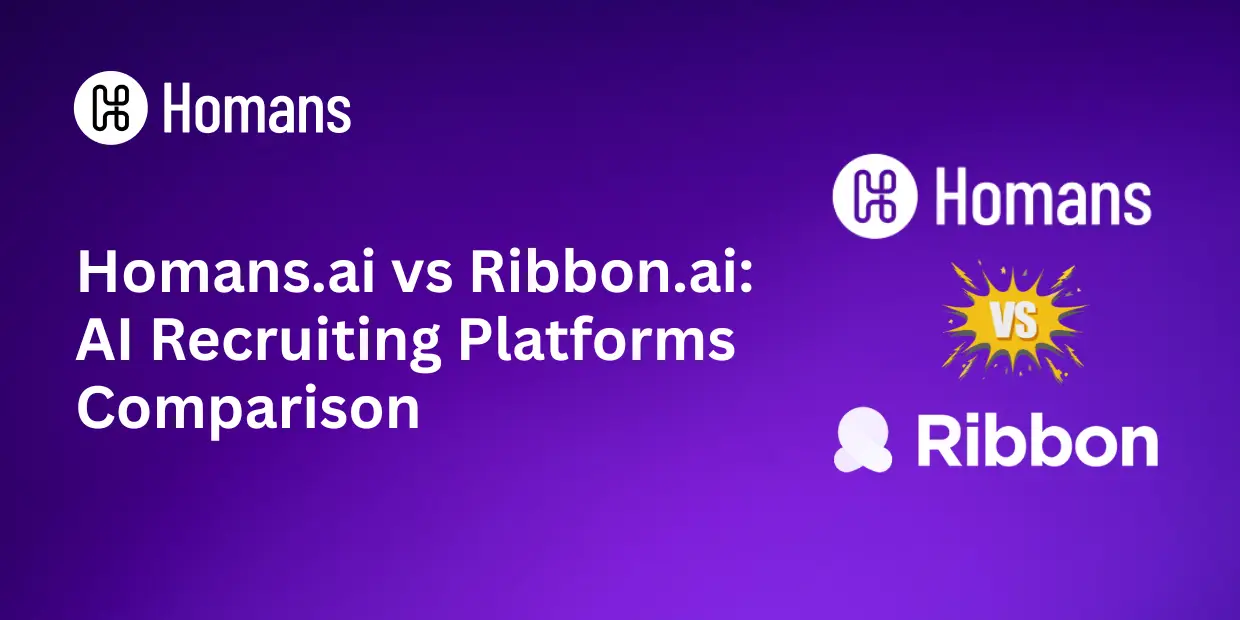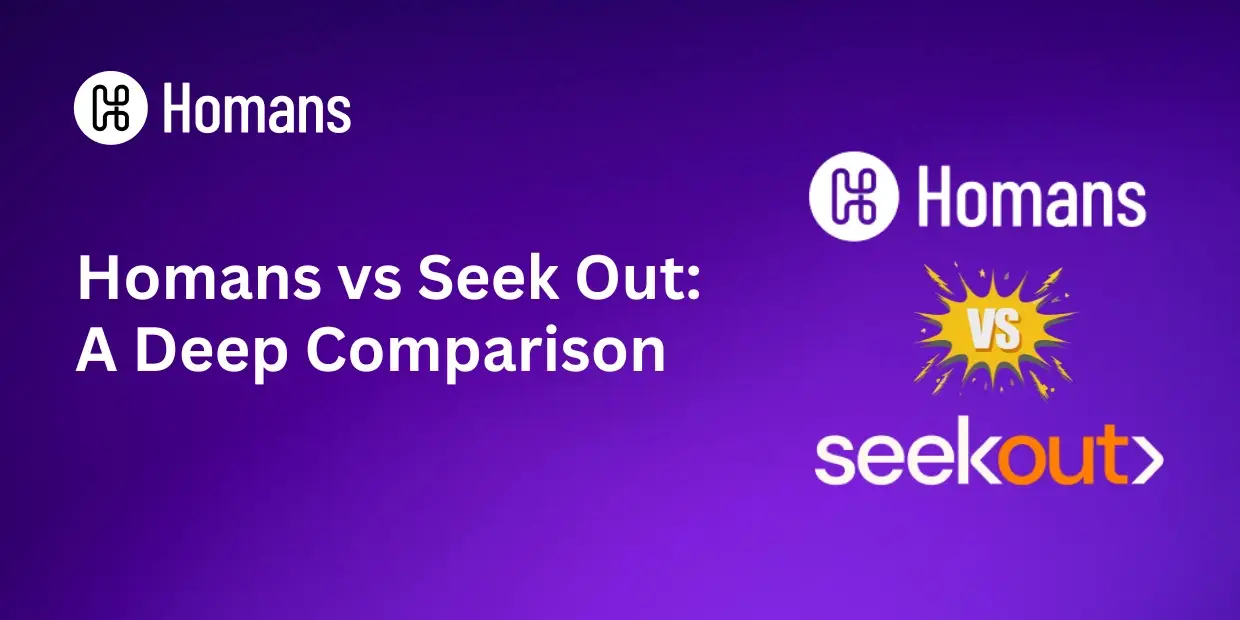Introduction
The workplace is undergoing a profound transformation, driven by the emergence of AI workforce agents. These autonomous systems are not just automating tasks but revolutionizing how work gets done across industries1. Unlike traditional automation tools that follow rigid rules, AI agents can perceive their environment, make decisions, and take actions to achieve specific goals with minimal human intervention2. As Sam Altman, CEO of OpenAI, boldly predicted, “2025 is when AI agents will work”—and that future has now arrived3.
The AI workforce represents a team of diverse AI agents equipped with specialized tools, working collaboratively in multi-agent systems to solve complex tasks that were previously impossible to automate14. This shift is accelerating rapidly, with Gartner predicting that AI agents will make 15% of all routine work decisions by 20284. For businesses and workers alike, understanding this transformation is no longer optional—it’s essential for thriving in an economy where human-AI collaboration is becoming the new standard35.
What Are AI Workforce Agents?
AI workforce agents are autonomous software entities designed to perceive their environment, collect data, and use that information to perform self-determined tasks to meet predetermined goals2. Unlike traditional automation that follows fixed rules, AI agents can adapt, learn, and make decisions based on changing circumstances67.
These agents come in various specialized forms, each designed for specific functions within an organization:
- Administrative agents: Managing calendars, scheduling, and organizing information
- Customer service agents: Handling inquiries, support requests, and customer interactions
- Data analysis agents: Processing information, generating reports, and identifying patterns
- Content creation agents: Drafting documents, emails, and marketing materials
- Research agents: Gathering information, summarizing findings, and monitoring trends
- Process automation agents: Executing complex workflows across multiple systems
- Decision support agents: Providing recommendations based on data analysis1
What makes AI agents truly revolutionary is their ability to work together in multi-agent systems, where they collaborate to tackle complex problems that would be difficult for a single agent to solve48. This collaborative approach mirrors human teamwork but operates continuously without fatigue or bias9.
AI Agents vs. Traditional Automation: A Paradigm Shift
The distinction between AI agents and traditional automation represents a fundamental shift in how technology augments human work6. Traditional automation is like a train on fixed tracks—reliable but rigid—following predefined rules without the ability to adapt to new situations67. It excels at repetitive, rule-based tasks but struggles with complexity and variability10.
AI agents, by contrast, are more like self-driving cars—learning the roads, adapting to traffic, and suggesting faster routes6. They can handle entire processes, making decisions and adjusting their actions based on real-time data and changing circumstances711. This adaptability allows them to tackle tasks that were previously considered too complex or nuanced for automation10.
Key differences include:
| Aspect | Traditional Automation | AI Agents |
| Core Features | Rule-based systems performing pre-programmed tasks | Adaptive, intelligent decision-making capabilities based on context and data analysis |
| Learning Capabilities | No learning or improvement over time; static once deployed | Learns from data and feedback, continuously improving over time |
| Customization | Limited to predefined workflows and rules | Highly customizable with ability to adapt to specific organizational needs |
| Decision-making | Follows fixed rules without deviation | Makes autonomous decisions based on data analysis and context |
| Adaptability | Cannot handle exceptions or unexpected scenarios | Can adapt to changing conditions and novel situations |
| Integration | Requires manual integration with limited cross-system functionality | Seamlessly integrates with various systems and can work across platforms |
This shift represents a quantum leap from traditional automation technologies, enabling organizations to not just streamline operations but transform them entirely67.
Benefits of AI Workforce Agents
The integration of AI agents into the workforce offers numerous advantages that are driving their rapid adoption across industries:
1. Increased Productivity and Efficiency
AI agents handle routine tasks and manage growing business needs with remarkable efficiency12. Employees using AI agents have reported a 61% increase in efficiency as these systems take over tasks such as understanding language, analyzing data, and automating processes13. A Cornell University study found a 15% boost in productivity among employees using AI agents to automate tasks13. This productivity enhancement enables human workers to accomplish more with AI assistance, focusing on higher-value work requiring creativity, critical thinking, and emotional intelligence114.
2. Improved Accuracy and Quality
AI agents maintain consistent quality regardless of workload or time of day12. They can self-examine their output, spotting information gaps and correcting errors, which allows them to maintain high accuracy levels while accelerating multiple processes14. This consistency is particularly valuable in areas where precision is critical, such as data analysis, financial operations, and customer service12.
3. Cost Savings and ROI
Organizations implementing AI agents are seeing significant returns on their investments. According to a survey by PagerDuty, 62% of organizations expect more than 100% return on investment (ROI) from the deployment of agentic AI, with U.S.-based companies estimating returns as high as 192%15. AI agent automation can reduce operational expenses dramatically by removing costly inefficiencies and errors of manual processes1412.
4. Enhanced Customer Experience
AI agents provide personalized and proactive customer support that can understand customer needs and deliver tailored solutions13. They can operate 24/7, ensuring continuous service availability beyond normal office hours14. In e-commerce, AI agents are used to place orders, track shipping, facilitate image-based search, send follow-ups about cart abandonment, and manage returns168.
5. Data-Driven Decision Making
Through sophisticated data analysis, AI agents can identify patterns within complex datasets and suggest potential insights into future outcomes, empowering companies in their decision-making process14. This capability transforms how organizations approach strategic planning and operational decisions, making them more responsive to market changes and customer needs1312.
Real-World Applications Across Industries
AI workforce agents are already transforming operations across various sectors, with impressive results:
Customer Service and Support
H&M’s Virtual Shopping Assistant achieved a 40% reduction in cart abandonment and a 3x boost in conversion rates by providing personalized recommendations and assistance to online shoppers17. Bank of America’s “Erica” AI assistant has handled over 1 billion interactions with a 98% issue resolution rate, demonstrating the scalability and effectiveness of AI agents in financial customer service17.
Healthcare
Mayo Clinic utilizes AI agents to analyze patient data, improving diagnostic accuracy and expediting critical medical decisions18. Mass General Brigham’s AI Copilot reduced documentation time by 60% while improving patient engagement, allowing healthcare providers to focus more on patient care and less on administrative tasks17.
Manufacturing and Supply Chain
Siemens Industrial Edge Agents achieved a 30% reduction in equipment downtime through predictive maintenance, significantly improving operational efficiency17. DHL’s Resilience360 AI Agents reduced shipping delays by 35% and improved supplier communication by continuously monitoring global supply chains and proactively identifying potential disruptions17.
Sales and Marketing
AI agents are transforming sales processes by handling prospecting, lead qualification, and parts of the closing process16. They can identify and research potential leads, conduct initial outreach via email or chat, answer product questions, handle objections, schedule meetings with human sales representatives, and follow up with prospects on a personalized schedule16.
Human Resources
HR departments are leveraging AI agents to streamline recruitment and employee support by screening résumés, identifying promising candidates, answering candidate questions about positions and benefits, conducting initial interview screenings, and onboarding new employees16. This automation of routine HR tasks allows human HR professionals to focus on more strategic aspects of talent management1619.
Challenges in Implementing AI Workforce Agents
Despite their transformative potential, organizations face several challenges when implementing AI workforce agents:
Integration with Existing Systems
Integrating AI agents with legacy systems can be complex and costly, requiring careful consideration of compatibility and data flow20. Many organizations struggle with technical debt in various forms, including data debt (poor data quality), code debt, infrastructure debt, and model debt (complexity, explainability)20. As IBM’s Hay notes, “Most organizations aren’t agent-ready. What’s going to be interesting is exposing the APIs that you have in your enterprises today. That’s where the exciting work is going to be”21.
Talent and Skills Gap
The demand for AI/ML expertise far outstrips supply, creating a significant skills gap in many organizations20. Companies need to invest in upskilling their workforce and attracting talent capable of developing, deploying, and maintaining AI agent systems20. This challenge is particularly acute as the technology evolves rapidly, requiring continuous learning and adaptation22.
Ethical Considerations and Governance
Implementing AI agents raises important ethical questions around bias, privacy, and accountability23. Organizations must establish clear governance frameworks, guidelines, and explainability mechanisms to ensure responsible use of AI2023. This includes addressing concerns about data privacy, compliance with regulations, and potential biases in AI decision-making2024.
User Acceptance and Trust
End-user adoption is essential for realizing the full value of AI agents20. Building trust, addressing concerns about job displacement, and providing adequate training are critical for successful implementation20. Organizations must carefully manage the cultural shift that comes with introducing AI agents into the workplace, ensuring that employees see them as collaborative tools rather than threats2025.
Human-AI Collaboration: The New Workplace Dynamic
The future of work isn’t about AI replacing humans but rather about creating effective human-AI partnerships that leverage the strengths of both26. Human-AI collaboration refers to the strategic partnership between human intelligence and AI systems, aiming to harness the unique strengths of both entities to achieve superior outcomes26.
In this symbiotic relationship:
- AI agents handle repetitive, data-intensive tasks with speed and precision
- Humans provide creativity, critical thinking, emotional intelligence, and ethical judgment
- Together, they tackle complex challenges more effectively than either could alone26
This collaborative approach is transforming traditional roles, shifting human workers from routine tasks to higher-level strategic activities that require judgment and creativity13. According to Microsoft’s 2025 Work Trend Index, 46% of leaders are already using AI agents to automate workflows and processes, freeing up knowledge workers for these higher-level tasks13.
The most successful implementations involve employees in the transformation process from the beginning, focusing on augmentation rather than substitution1. Organizations that implement AI thoughtfully typically redeploy employees rather than replace them, creating new roles in AI management, oversight, and development127.
Best Practices for AI Workforce Management
To effectively implement and manage AI workforce agents, organizations should follow these best practices:
1. Start with High-Impact Areas
Begin with one or two agent types focused on high-impact areas before expanding to a more comprehensive AI workforce strategy1. Identify processes that are repetitive, time-consuming, and rule-based as initial candidates for AI agent implementation1219.
2. Prioritize Data Privacy and Ethics
Adhere to data protection regulations and implement robust security measures to protect sensitive information19. Establish clear ethical guidelines for AI use, ensuring transparency, fairness, and accountability in data and AI-driven decisions2319.
3. Foster a Data-Driven Culture
Cultivate a data-driven culture that emphasizes the importance of data literacy among professionals and promotes an organizational mindset that prioritizes data-driven insights over intuition19. This cultural shift is essential for maximizing the potential of AI in workforce management19.
4. Invest in Training and Upskilling
Provide ongoing training for employees on data privacy, ethical AI practices, and how to collaborate effectively with AI agents19. As AI agents take over repetitive and administrative tasks, focus on developing employees’ skills in managing and collaborating with these systems28.
5. Implement Strong Governance
Establish clear governance frameworks for AI agent deployment, including oversight mechanisms, performance metrics, and accountability structures2019. Regular auditing of AI systems helps ensure they continue to operate as intended and align with organizational values and goals2023.
The Future of AI Workforce Agents (2025-2030)
As we look ahead, several trends will shape the evolution of AI workforce agents:
Multi-Agent Systems and Orchestration
The concept of “swarming”—AI agents working together like a colony of ants—is becoming a reality28. This approach will redefine productivity by enabling multiple agents to coordinate complex initiatives, such as marketing campaigns or product development28. By 2025, the focus will shift from single-agent applications to multi-agent systems that address high-impact problems through collaboration and adaptation25.
Agent-in-Chief Emergence
To prevent AI agents from going awry as they begin collaborating with other agents, we’ll see the emergence of “chief-of-staff” agents capable of controlling other agents25. These orchestrator uber-models will manage overall project workflows, ensuring that humans retain command over intricate networks of AI systems2125.
Economic Impact
McKinsey predicts that AI-driven automation could contribute $13 trillion to global GDP by 2030, driven in part by the adoption of AI agents across various sectors28. The long-term AI opportunity could add $4.4 trillion in productivity growth potential from corporate use cases, according to McKinsey research13.
New Cultural Norms
As AI agents assume more human-like responsibilities, particularly in the workplace, new cultural norms will evolve25. Organizations will need to address concerns about over-reliance on AI and its effects on social connections while balancing the productivity benefits with maintaining meaningful human interaction25.
Conclusion
The era of AI workforce agents has arrived, bringing with it a fundamental transformation in how work gets done. These intelligent, autonomous systems are not just automating routine tasks but are capable of handling complex workflows, making decisions, and collaborating with both humans and other AI agents14.
For organizations, the message is clear: embracing AI workforce agents is no longer optional but essential for remaining competitive in a rapidly evolving business landscape35. Those that successfully integrate AI agents will see significant gains in productivity, efficiency, and innovation, while those that resist risk being left behind5.
For workers, this transformation presents both challenges and opportunities. While some job functions may be automated, the most successful approach focuses on augmentation rather than substitution, creating new roles and allowing humans to focus on more meaningful, creative work.
As we navigate this new era, the key to success lies in thoughtful implementation, ethical governance, and a focus on human-AI collaboration that leverages the unique strengths of both. By doing so, we can harness the full potential of AI workforce agents to create a future of work that is more productive, fulfilling, and human-centered than ever before.

